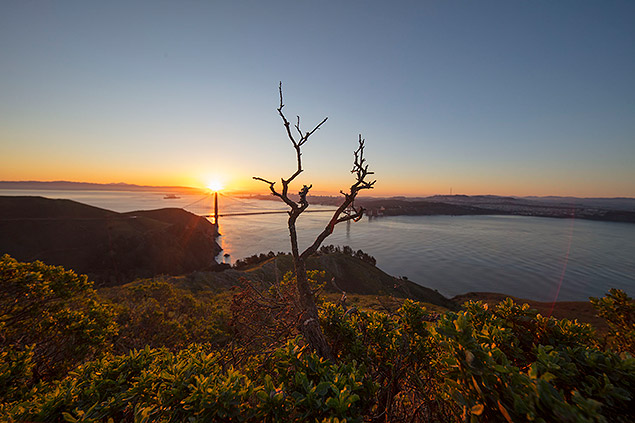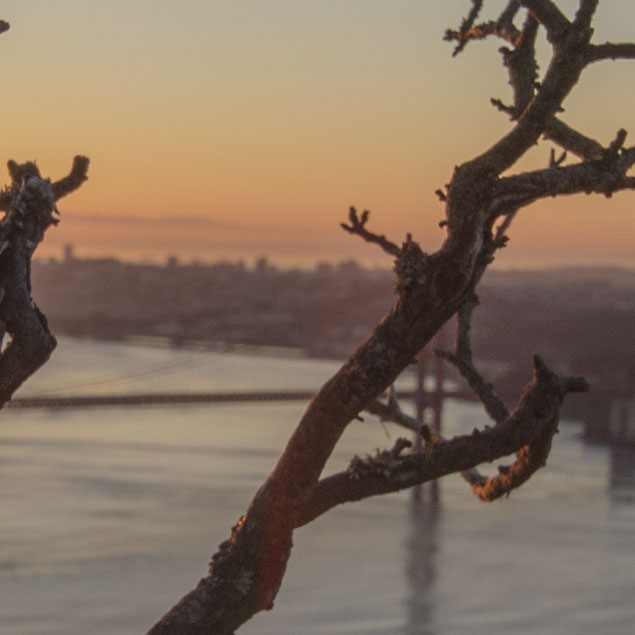| 12mm |
$881 average price |
|---|---|
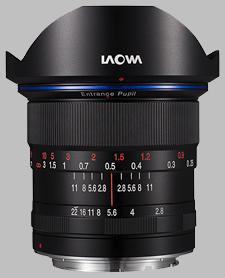
|
|
Your purchases support this site
Canon EF - Black
Laowa 12mm f/2.8 Zero-D Review
Updates:
03/16/2017: Field Test & Gallery added
Click here for the Laowa 12mm f/2.8 Product Overview.
Laowa 12mm f/2.8 Zero-D Field Test
Far more impressive than expected
by Jaron Schneider | Posted 03/16/2017
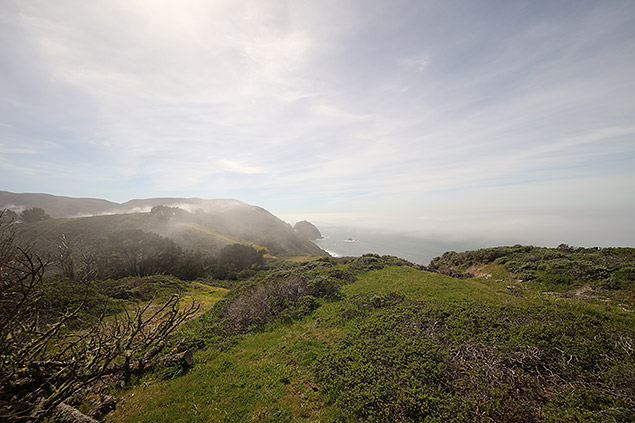 |
Canon 5DS R: 12mm, 1/800s, ISO 200, -0.3EV (Note that due to the manual nature of the Laowa lens, the aperture setting is not reported in exif data.) |
Venus Optics is probably a relatively new name to most of you, as it is certainly a newer player to me. They have a few lenses that are currently available (two that are covered in Adobe Camera Raw's lens corrections list), but the most interesting to me was the 12mm f/2.8 that was Kickstarted last summer and started shipping last fall. Featuring a super-wide angle and relatively wide open aperture (especially given the lens' small size and focal length), Venus also boasted that their Laowa lens was the widest f/2.8 rectilinear (meaning it features zero or near-zero distortion) prime lens on the market. This was a claim I was eager to test.
Firstly, lens distortion is not defined by a subject appearing stretched or deformed by a lens' angle, but rather a lens' ability to maintain perspective without "barreling" or "pincushioning" the edges of the frame. That is to say, at 12mm, a lens' perspective is most certainly going to appear distorted from what you would see in a "normal" lens, but to say it has no distortion is referring specifically to keeping lines in the image straight from edge to edge. For more on what distortion is and how to understand it, I recommend this article.
Distortion Control
So with that said, how well does that Laowa do? Take, for example, this image:
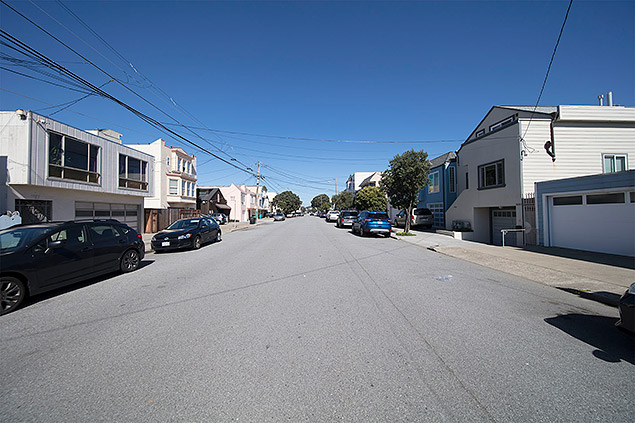 |
If we take a look at the lines made by the buildings on either side of the photo, you'll notice that drawing lines straight up and down on either side of the street will display how well those lines are retained in the image.
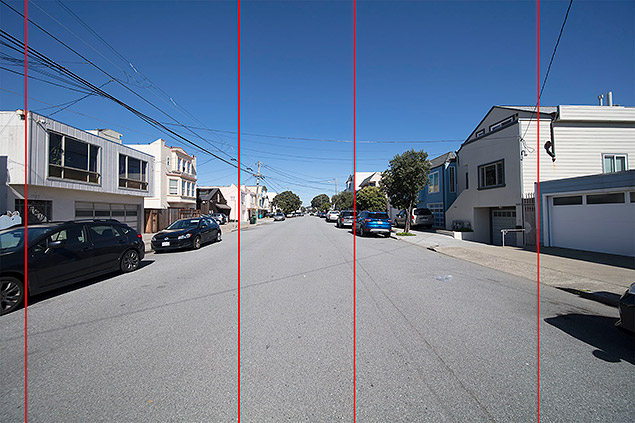 |
The two red lines closest to the edge show that though it is close, it's not quite "zero" distortion, but it's close. There is just a bit, as the lines lean inwards. However, closer to the middle you can see how there is no distortion at all. It's much easier for a lens manufacturer to control distortion to the center of the frame, so their success here should not surprise.
I asked my friend, who is an architectural photographer and swears by tilt-shift lenses, what he thought of the distortion control on that one image, and he asked me if it was a tilt-shift before commenting how little distortion he could see. That's a good sign, as he is very much a nit-picker and when he saw the photo, immediately questioned if the control he saw could be attributed to tilt shift. For a 12mm prime to elicit that reaction means the lens is doing a very good job. Laowa says it's the widest f/2.8 rectilinear lens on the market, and it shows.
Sharpness
This is probably the most important feature of any lens, and the Laowa does not disappoint: it is remarkably sharp. Close up, at distance, and at nearly any aperture, the 12mm f/2.8 is one of the sharpest wide angle lenses with which I have ever shot. It does suffer from the typical quality degradation at f/22, but aside from that, it performs extremely well.
From f/2.8 through f/16, the sharpness is consistent, with very little difference in image quality through that range. As mentioned, f/22 sees a very steep and noticeable falloff in quality due to diffraction, so I would avoid that aperture if possible.
(Note that with the images below, some of them have exposure adjustment in order to better gauge the sharpness. Please use the links in the caption to download RAW-converted JPEGs and the original RAW files.)
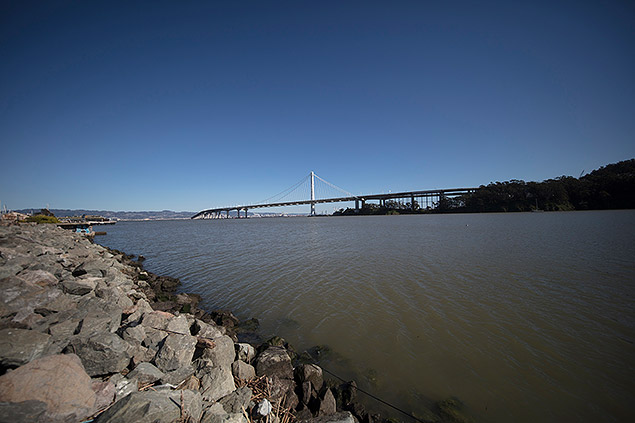 |
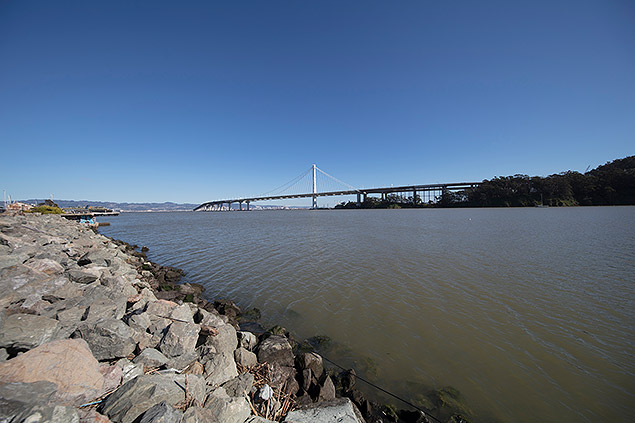 |
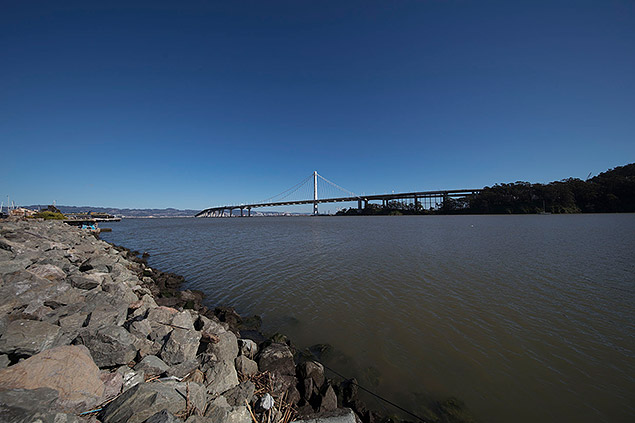 |
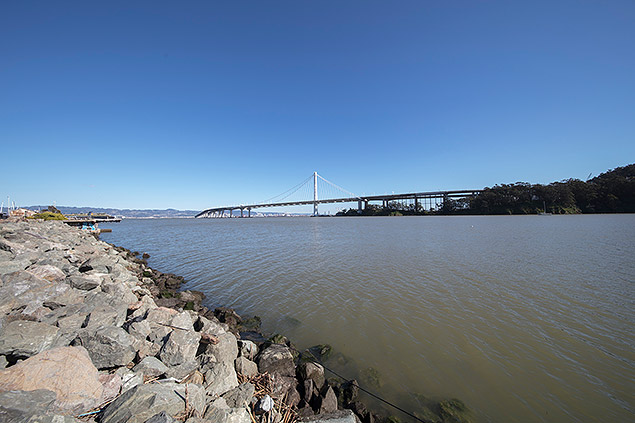 |
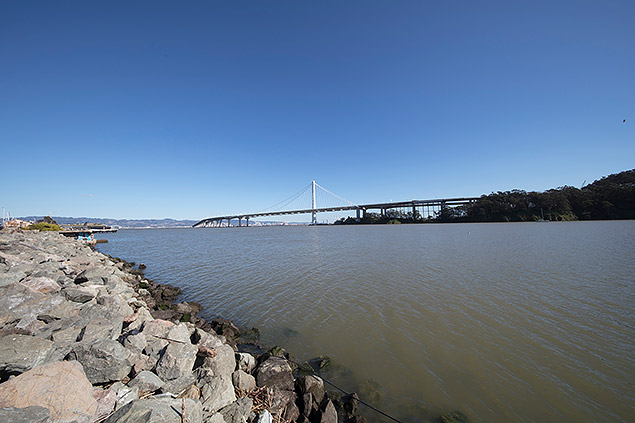 |
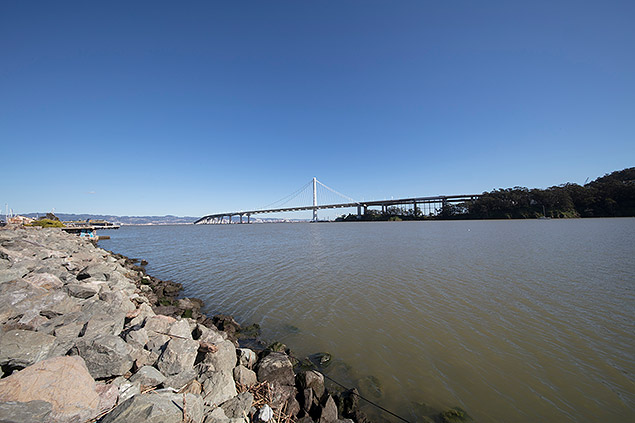 |
You can see the biggest change in quality when we zoom into the tower. Below are crops that you can compare, and notice how the quality dropoff is instantaneous at f/22:
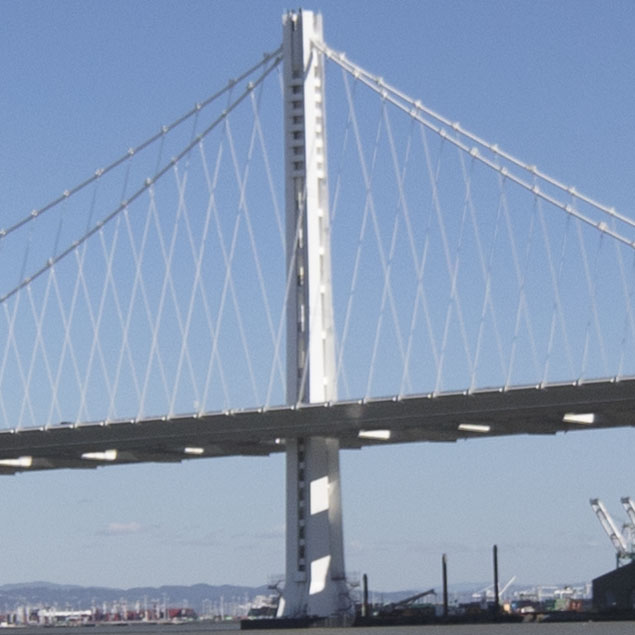 |
f/2.8 |
 |
f/5.6 |
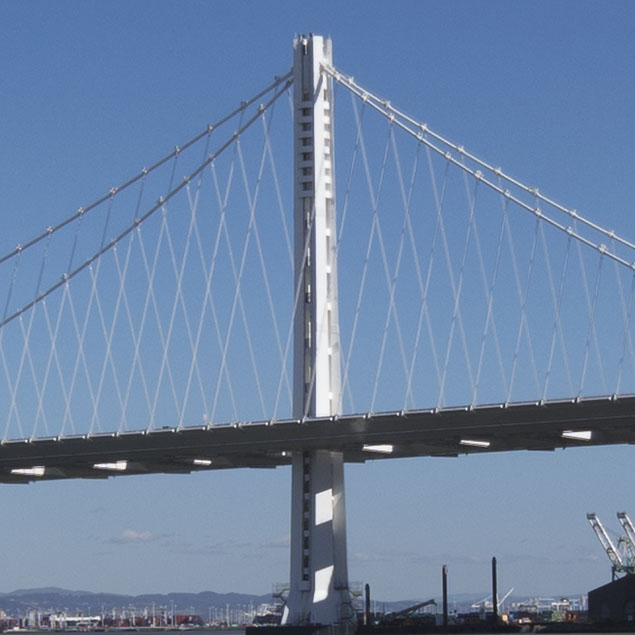 |
f/8 |
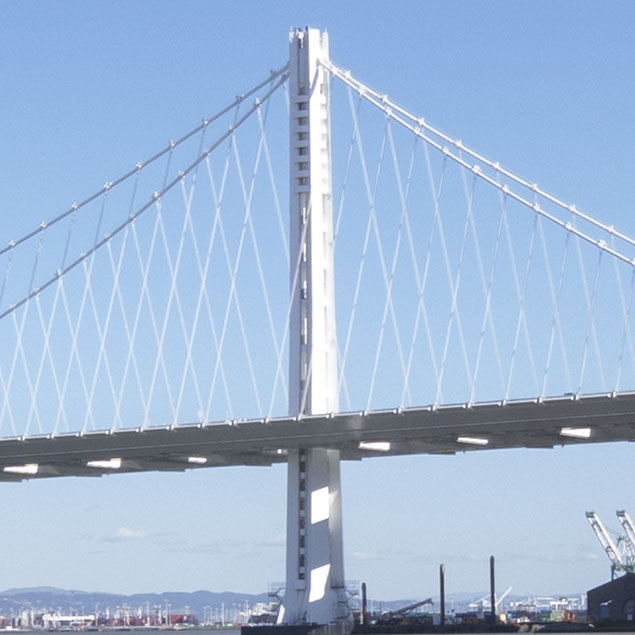 |
f/11 |
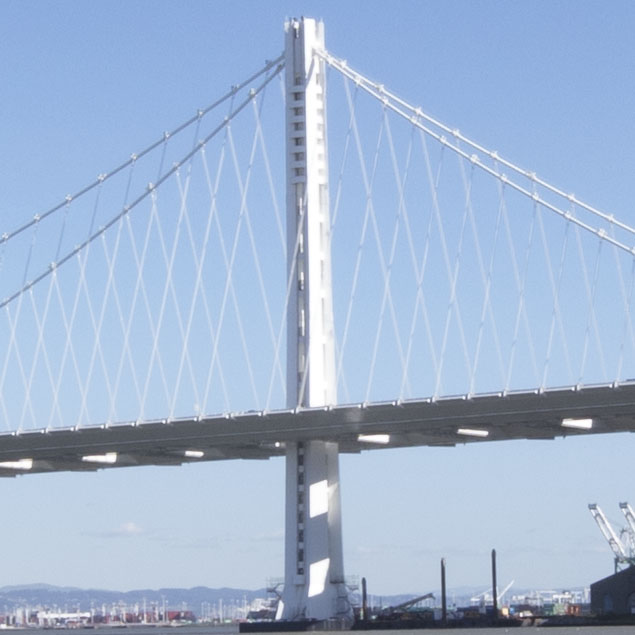 |
f/16 |
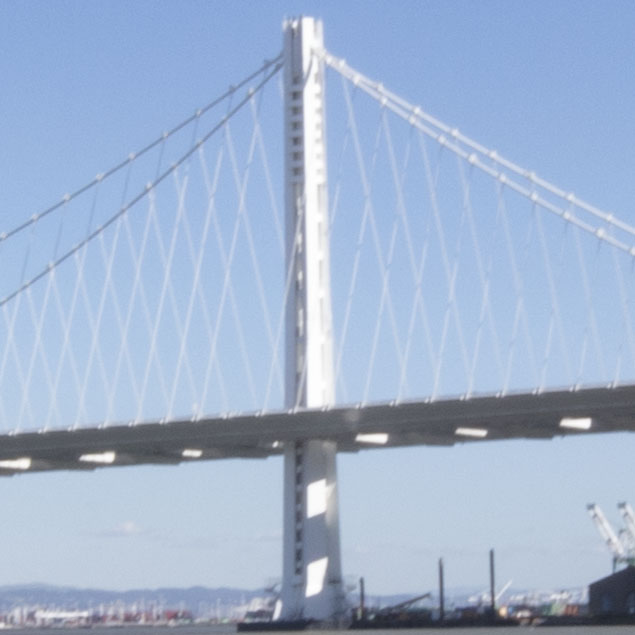 |
f/22 |
The sharpness is excellent at f/5.6 through f/16, but that cannot be said at f/22. The quality of the image at f/2.8 is pretty good considering it is wide open, but not as sharp as the lens can be when it is closed down a bit.
An issue most shooters will have with the Laowa is the lack of autofocus, which means it's very possible to miss focus with this lens even if you're shooting subjects at a distance. On something like a Canon DSLR, the lack of focus peaking means you'll have to eyeball every shot, which (if you're like me) means mistakes can happen. Luckily, the distance markers on the lens barrel are quite accurate, but you do have to be more disciplined and deliberate with your shots on the Laowa than you do on any autofocus lens. I have several shots where I missed focus slightly and did not notice in the field, but it was obvious once I brought the photos onto a computer. This is a shame, but it comes with the territory on a fully manual lens like this one.
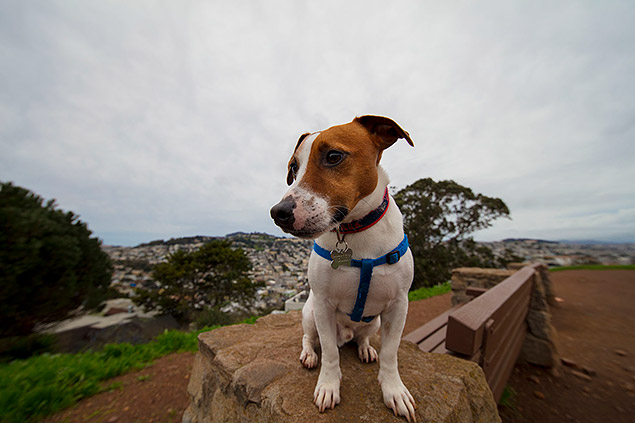 |
Canon 5DS R: 12mm, 1/400s, ISO 200, +0.3EV (Note that due to the manual nature of the Laowa lens, the aperture setting is not reported in exif data.) |
Worth noting here is how close you can be to a subject and keep it in focus. For a lens as wide as 12mm, the Laowa can focus on a subject as close as 7.09 inches away. Compare that to the Canon 11-24mm f/4L, which has a minimum focusing distance of 11.02 inches, and you can see why that is impressive.
There are some situations where you'll notice some pixel stretching at the bottom of the frame, especially if you are very close to any foreground elements and have your camera in portrait orientation. It is most noticeable in this image if you look at the bushes at the bottom of the frame:
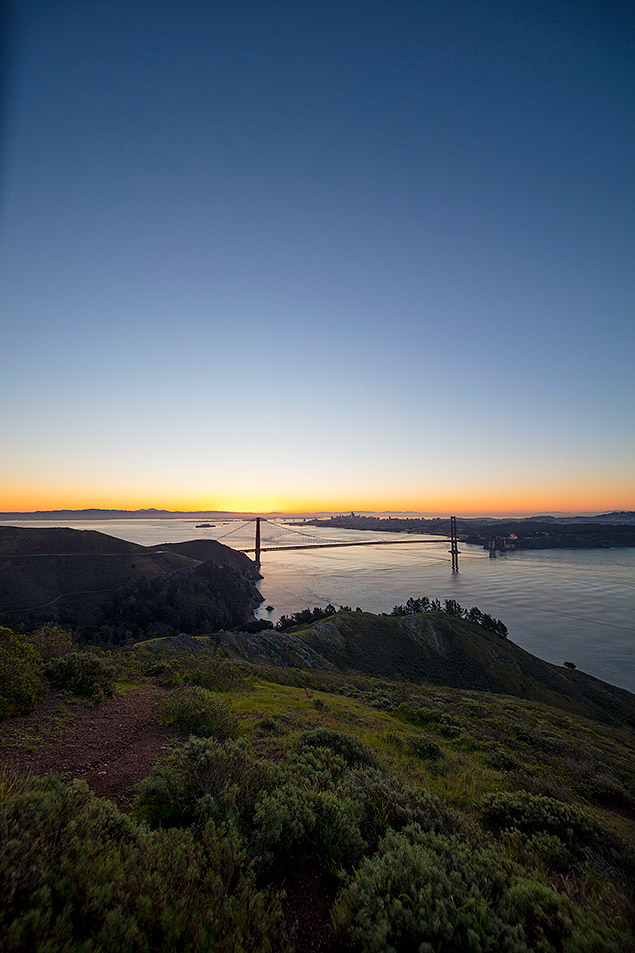 |
Canon 5DS R: 12mm, 1/50s, ISO 200 |
This does not occur all the time and is isolated to when: 1) foreground elements that are within a certain close range of the lens while the subject in focus is very far away (lens focused to infinity). 2) the lens is set to the widest aperture, and 3) the camera is oriented in portrait.
If I stepped back a few feet from those bushes and reframed the shot (landscape instead of portrait), the effect dissipates.
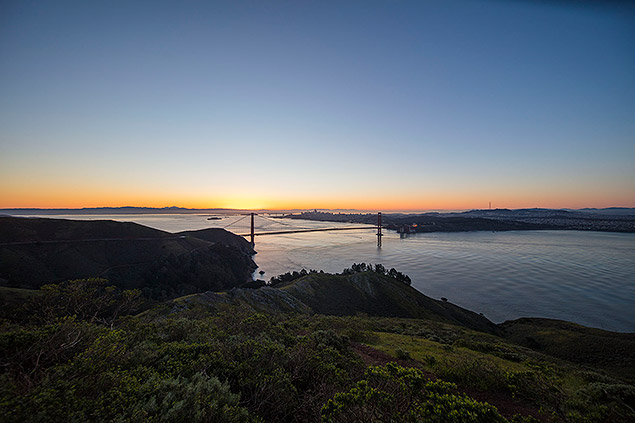 |
Canon 5DS R: 12mm, 1/50s, ISO 200 |
That pixel "stretching" is relatively common in wide angle lenses (including high-end Canon wide angle glass), and finding it here was not an anomaly, yet something worth noting. This lens was clearly designed to be shot in landscape profile, and it does its best work in that orientation. Just looking at the images used for marketing this lens, you'll see that not a single one is in portrait orientation.
That said, it doesn't occur all the time. As you can see in this image, the foreground is in great shape:
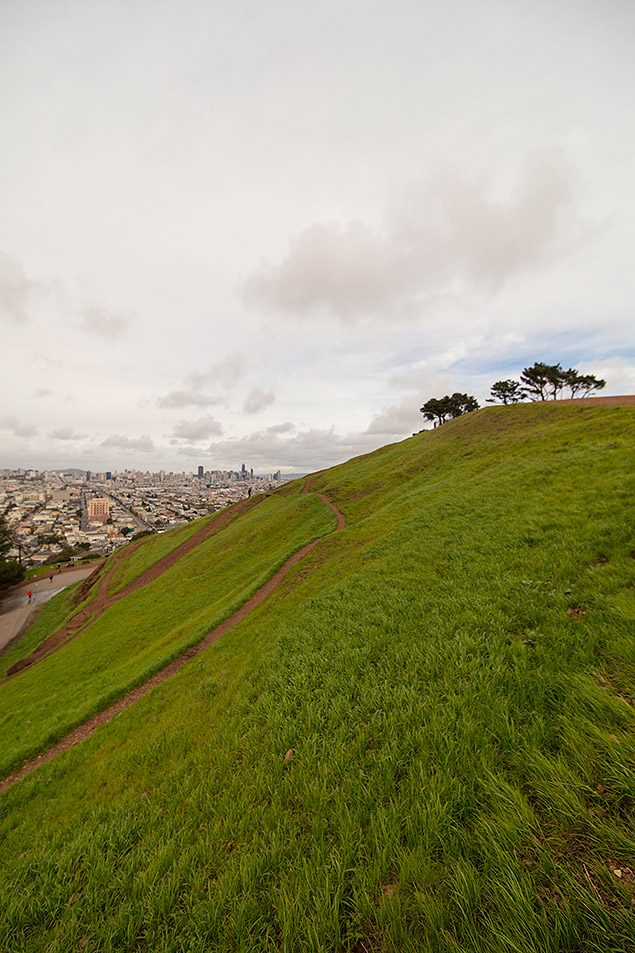 |
Canon 5DS R: 12mm, 1/1000s, ISO 200 |
As long as you stay a few feet back from whatever the foreground elements might be, you shouldn't encounter an issue.
Chromatic Aberration
Perhaps what is most impressive about the Laowa 12mm is the complete lack of any noticeable chromatic aberration at any aperture. Looking through all the photos I took, even focusing on reflective and high contrast points (take a look at the sample sharpness photos of the Bay Bridge, specifically on the white tower), there is zero aberration anywhere. Even in images where I pointed the lens basically directly into the sun with a focus on foreground elements, aside from the expected lens flare, there was no other optical malfeasance. Take a look:
Shading (''Vignetting'')
Vignetting was noticeable at f/2.8, but quickly disappeared once stopped down to and past f/4. It's not particularly harsh, with the shading only taking effect in the corners of the frame.
If we look back at the images used in the sharpness test, the difference in vignette between f/2.8 and f/5.6 is noticeable:
 |
 |
You can clearly see where the vignette is, and how the shadow affects the image. It is, however, one of the easier issues to fix in post if it is not to your liking.
Build Quality and Handling
The Laowa 12mm f/2.8 is built very solidly out of what feels to be entirely brushed aluminum. Aside from the lens cap (which can be a bit tricky to place on the front of the lens), there doesn't appear to be any plastic parts on the whole lens. Even the removable lens hood is metal. Thanks to all the metal construction, the lens feels very sturdy if not a bit heavy for its size.
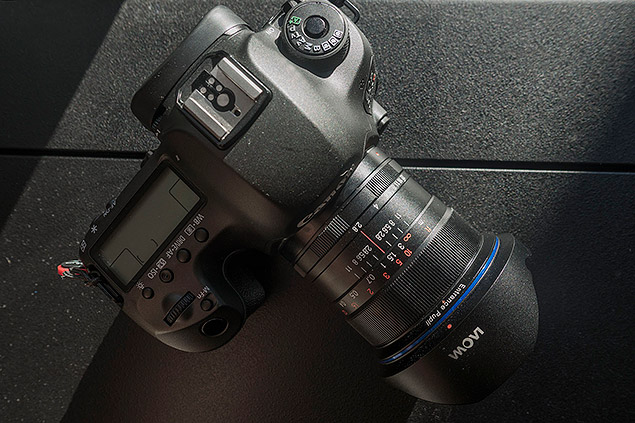 |
Speaking of the size, for a 12mm full-frame lens, the Laowa is pretty small with a very slender profile. Compared side by side with, say, the Sigma 35mm f/1.4 Art, it is actually smaller in every way. Larger hands might have trouble getting a repeatedly solid grip on the focus ring because the lens is so compact. Even with my admittedly smaller hands, I can't actually put my whole grip on the lens fully when it's attached to a camera (my pinkie finger is forced to rest on the body of the camera). This, to me, does affect the handling as it is not the most comfortable lens to hold.
It is tough though, and should not fall victim to easily chipping, denting or otherwise breaking. In that department, Venus hit it out of the park.
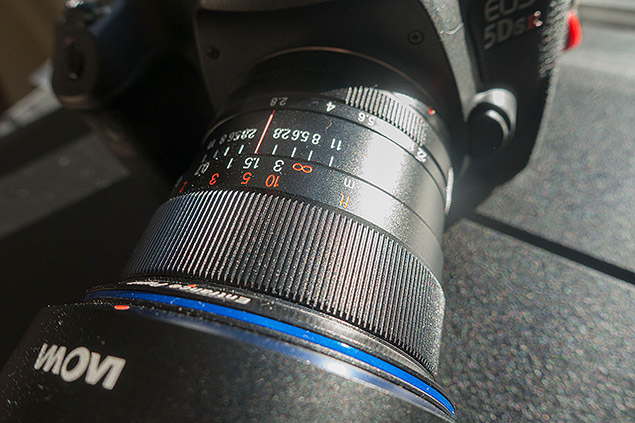 |
Alternatives
The Laowa 12mm is itself an alternative to many wide-angle zoom lenses produced by Nikon, Canon, Sigma and others. What it lacks in autofocus and digital aperture control, it makes up for in low price and very high-quality optics across the board. It should also be noted that on a full frame sensor, Venus' Laowa 12mm f/2.8 is the widest rectilinear prime lens on the market. That is to say, what makes the Laowa special (and desirable) is unique to it. So with that said, there are wide angle options out there, but none of them are as wide as well as being rectilinear like the Laowa 12mm f/2.8. If you do not care about its rectilinear nature, then this lens really isn't for you.
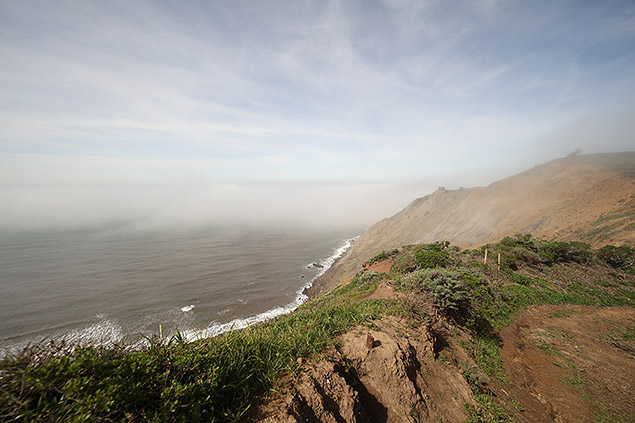 |
Canon 5DS R: 12mm, 1/640s, ISO 200, -0.3EV |
Conclusion
For the $950 retail price, the Laowa 12mm f/2.8 is not what we would call "cheap." Because of its fully manual design, it might even be considered somewhat expensive by some, as it scrapes the $1000 ceiling and is fully manual (no autofocus, digitally controlled aperture or stabilization of any kind). That's not to say it isn't worth it. Quite the opposite actually, though the customers who will be most happy with this lens understand its use, what makes it unique and appreciate it for those reasons. Not everyone has a need for a 12mm rectilinear lens, but those that do will find this to be as excellent as they hoped.
Things to note:
- The aperture dial does not de-click
- The lens is very compact (meaning those with large hands may find it almost toy-like in size), having more in common with Micro Four Thirds lenses than it does with the DSLR lenses we have come to know in the digital age.
- The focusing ring stops at infinity, unlike modern autofocus lenses that will continue beyond when manually focusing
- Lens will focus on subjects a mere 7.09 inches away
- The all metal design makes the lens very sturdy, but heavier than you might expect
- The lens cap is a strange design and can be tricky to affix
The Laowa 12mm will shine best on a full frame body, though crop sensor owners will still find this to be quite an optic. At the time of this review, the Laowa 12mm was the only rectilinear prime lens at this wide of an angle, making it desirable simply for this fact alone -- any wider and you'd need to opt for Canon's pricey 11-24mm f/4L zoom lens.
Pros:
- Great sharpness through the aperture range
- Excellent distortion control
- No apparent chromatic aberration, which is rare and exceedingly impressive
- Extremely close focusing distance is a huge plus
- The lens is easy to store and wear thanks to a compact design
- Solidly built, with no plastic parts
Cons:
- Lens cap is a bit tricky to attach
- Aperture dial does not de-click
Tested with the Canon 5DS R.
To view full-res Gallery images, please visit our Gallery Page.
Laowa 12mm f/2.8 Zero-D Overview
(From Venus Optics / Laowa lens literature)
Ultra wide angle lenses are one of the most important lens types and every photographer should have one in his camera bag. There are a lot of wide angle lenses on the market, offered at a price ranging from a few hundred to a few thousand dollars. However, these UWA lens are not perfect. They suffer from dramatic barrel distortion (2-5%), poor peripheral sharpness or huge physical size. We therefore spent a lot of time to come up with a design which is truly perfect and overcomes the frustration of photographers. That's where the LAOWA 12mm f/2.8 ZERO-D comes from.
Close-To-Zero Distortion
Ultra Wide Angle lenses on the market tend to suffer a optical distortion rate from 2-5% which causes straight lines to bend. Our LAOWA lens features a close-to-zero* distortion rate that you can barely notice with your eye.
122° Ultra-Wide Angle Of View
Our LAOWA 12mm f/2.8 Lens cover a ultra-wide 122° angle of view for you to create an outstanding landscape or architecture shot that no others can compare. Shooting interior shots will also become much easier. Your house will become spacious and impactful in your photo even if you are shooting a small area. Do not forget, this is also the world's widest full-frame rectilinear f/2.8 lens.
Superb Optical Quality
Optical performance is what we will never compromise. The optical design features 16 elements in 10 groups with 3pcs of Extra-Low Dispersion Elements and 2pcs of Aspherical Elements. This patented optical design delivers high resolution from corner to corner, even wide open (f/2.8). Chromatic Aberration has also been controlled to be minimal.
Tiny, Light & Easy To Carry
Weighing merely 609g, our LAOWA Lens is an every-day lens. It is really small compared to other UWA lenses in the market. Finally, you do not need to bring a hefty piece of glass for work and travel. Also, you can now insert 2pcs of 100mm (not 150mm!!) ND filters & 1pc of 105mm CPL filter into our optional filter holder (+$50) to create your best landscape photo ever.
Perfect Tool For Astro Shoot
Our LAOWA 12mm f/2.8 ZERO-D is currently the brightest** (or fastest) 12mm lens in the market. Astro photographers will truly appreciate our effort to bring the lens to f/2.8. The ultra fast aperture can effectively shorten the exposure time required and help to achieve more details of the night sky. This is proven to be the perfect tool for a nice Milky Way shot. The fast aperture is also very convenient for low-light / indoor shooting.
It's Time For A Panorama
The 122 angle of view + Close-to-zero distortion is almost too good to be true for panorama shooting. Find it hard to locate the entrance pupil (nodal point) for panoramic shooting? Let us help you with our Entrance Pupil (Nodal Point) marking.
Laowa Water & Dust Repelling "Frog Eye" Coating (FEC)
Every LAOWA 12mm f/2.8 ZERO-D is coated with the new Laowa "Frog Eye" Coating. It gives your lens an extra layer of shield.
* The aforementioned close-to-zero distortion rate is measured from shooting objects at infinity focus. The distortion rate may vary for shorter object distance. Only Optical Distortion (Barrel/Pincushion/Moustache) is covered here.
** As of July 22, 2016
Laowa 12mm f/2.8 Zero-D
Your purchases support this site
Canon EF - Black
Laowa 12mm f/2.8 Zero-D User Reviews
The Laowa 12mm f/2.8 Zero-D doesn't have any user reviews yet!
